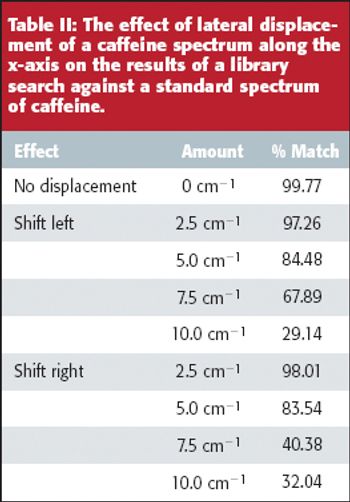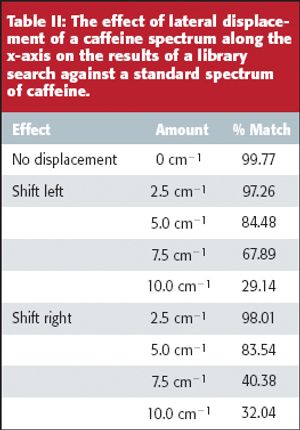
Over the last few years, Raman has made the transition from a technique used solely in a research environment to one that is now seen as a powerful tool for routine analytical use. Raman spectroscopy now is used widely for sample identification in fields as diverse as forensics, QA/QC, art conservation, defect analysis, and failure analysis. This has imposed new demands on the technique for reproducibility and stability. Successful sample identification takes advantage of the extensive spectral libraries and sophisticated search algorithms that have been developed in recent years. However, in order to be able to cross-correlate experimental and library spectra with any degree of confidence, it is critical that the Raman spectrometers used to collect the spectra are calibrated rigorously. It is likewise critical for QC applications that spectra collected on one instrument can be compared reliably with spectra collected on other instruments and that results remain constant when collected over extended periods..

